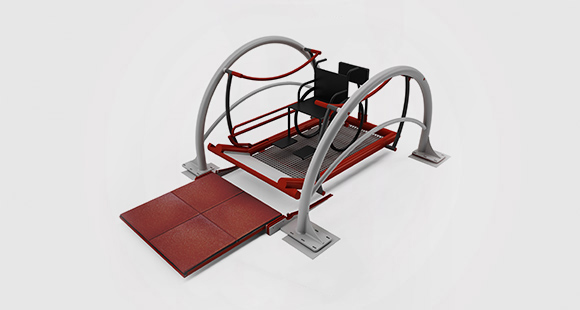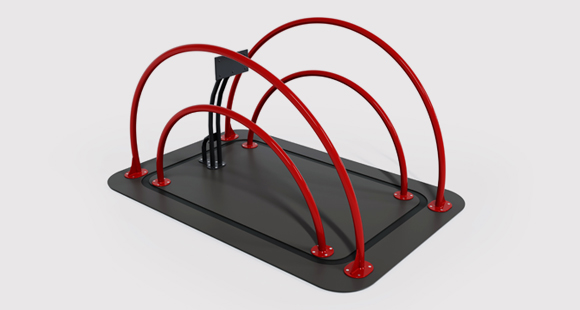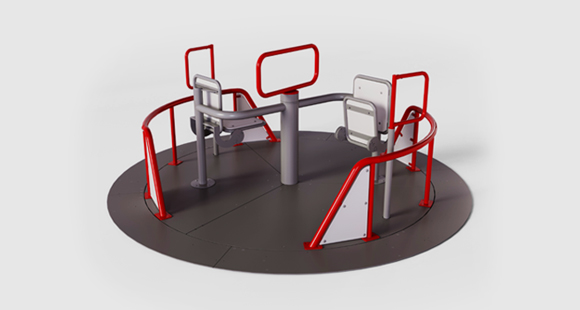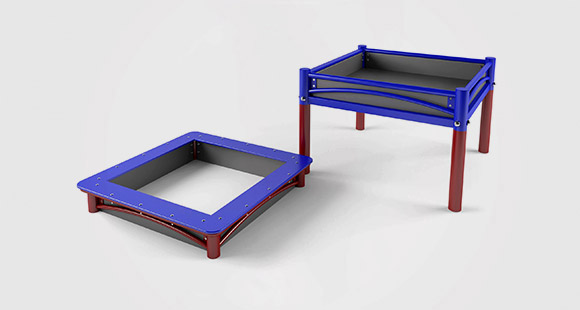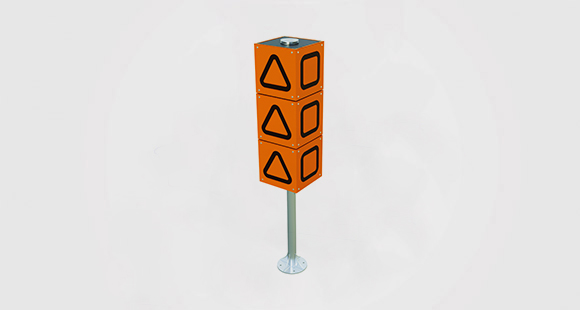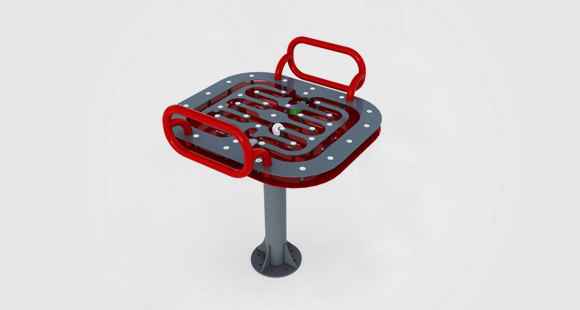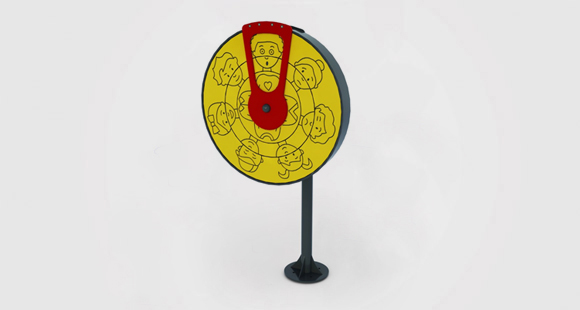Medical devices We design to help
OUTDOOR SENSORY PATH IN THE PLAYGROUND
Sensory paths will contribute not only to the stimulation of the nervous system, but also to relaxing and making the playground more attractive for both, users without disabilities and disabled people.
Attractive playground does not always have to come down to the installation of dedicated devices. It is worth paying attention to natural materials and what can be done using the natural terrain on the playground.
Fun and therapy
Sensory paths are an effective and very useful diversification of the play infrastructure, which additionally supports sensory integration in children without disabilities as well as with disabilities or developmental disorders.
The sensory path is created through the use of a series of different surfaces, giving different feelings perceived with bare feet. In the sensory path, the texture of individual elements and their temperature are important, which affects the sense of touch and visual stimuli - various colors of materials that can intertwine in an interesting way.
The shapes of the sensory path may be different, depending on the needs. If it is part of a communication route, it should harmoniously merge with other paths and lead to the destination. You can also emphasize this unusual element of the composition more and locate it centrally, for example on the lawn or in the vicinity of attention-grabbing plants. The sensory path also works perfectly in the form of a circle, maze, mosaic or game, e.g. in class, which is especially attractive for children and encourages them to use this form of healthy garden play.
Sensory path in a garden with sensory elements in Gdansk, Poland, built by Doraco.
How to create a sensory path?
The sensory path is made up of consecutive regular spaces filled with various materials. Successive sections of the pavement should be located in relation to each other in such a way as to ensure the most varied impressions, both in terms of texture, temperature and looseness of the pavement. The length of the sensory path depends on the capabilities and the available surface area, as materials may be cyclically repeated.
The width of the individual stations must be sufficient to accommodate two feet. This is of particular importance in people with sensory integration disorders who need to comfortably experience stimuli over a longer period of time. It is also worth providing a barrier along the path (at least on one side), which will also help children suffering from gait dysfunctions and requiring support to enjoy the experience. It is good, as next to the path, there is a place for a guardian or therapist who, on the one hand, can hold the child's hand or assist in passing through the next stations.
The borders/curbs that separate the path from the surroundings, but also from other elements, must be almost flush with the surface so that the user does not stumble. They cannot have sharp edges either. For partitions between successive elements, the best solution is wider concrete or natural stone curbs, dug deep enough to be equal to the height of the upper layer of the pavement. On the other hand, the outer curbs may be higher, because they allow the loose surfaces of the path to be kept in check, so that due to the use of the path and the wind, materials do not spill onto the adjacent area. The curbs should be embedded in dry concrete or mortar. Under the material on the path, however, it is worth compacting the ground. The layer of the bulk material to be applied should be at least 10 cm so that the user can sink his feet into the aggregate, sand or bark without feeling the ground beneath the layer.
Various natural aggregates, such as sand, washed pebble of various fractions and colors (fieldstone, marble, granite, stone-bark) are perfect for filling the next sections of the sensory path. Stones with clearly sharp edges should be avoided (e.g. some granite grits). The aggregate does not always have to be in a loose state, because large marble pebbles and split or whole fieldstone, fixed with cement mortar, are also perfect. You can also use cold granite paving stones, warmer concrete paving stones, smooth and pebble paving slabs and tartan slabs for playgrounds.
Another material that provides an excellent experience in contrast to aggregates and stone are: pine bark, arranged cones, wooden slices, wooden half-rounds placed tightly next to each other, wooden panels or terrace boards cut to the appropriate width of the sensory path station.



